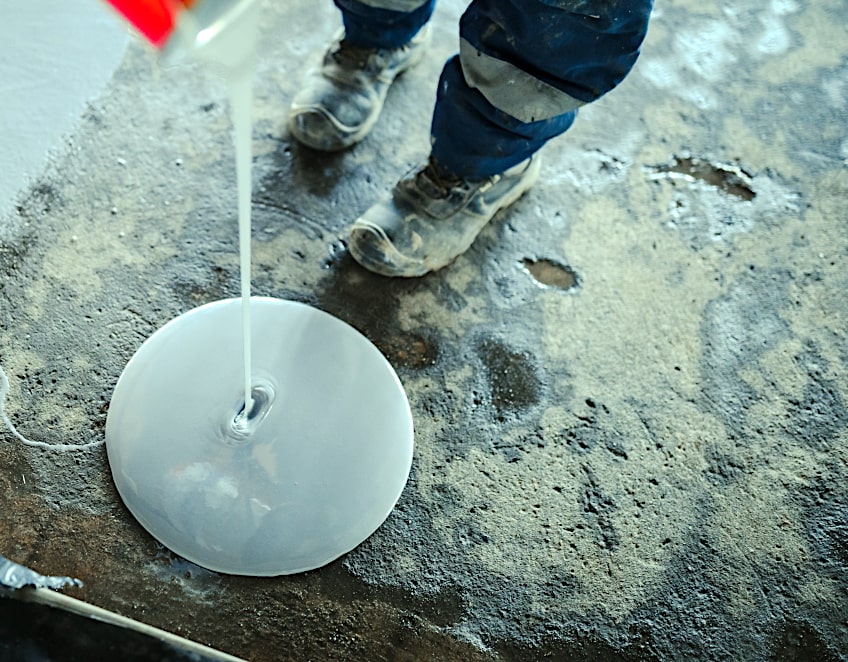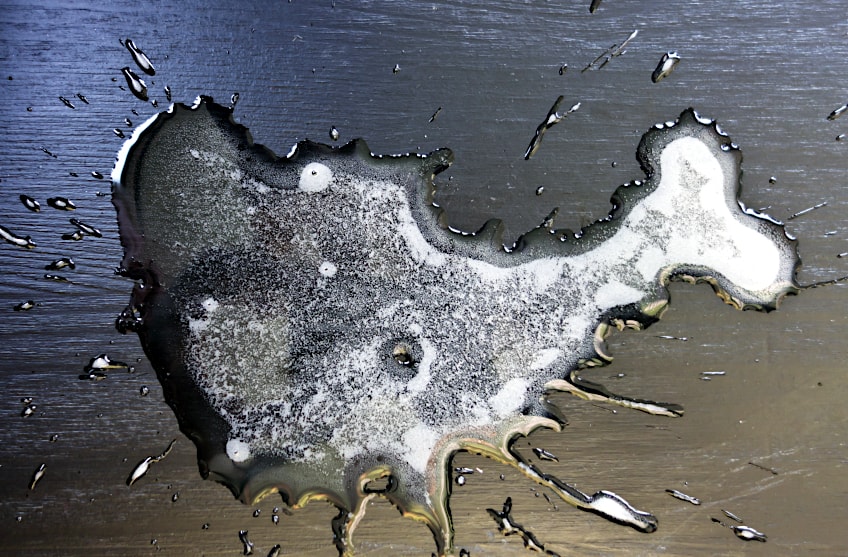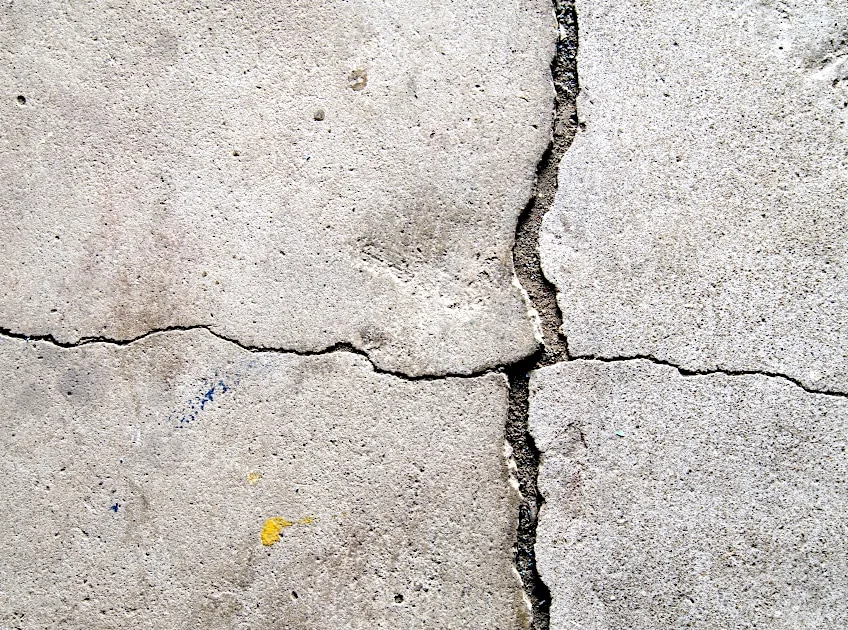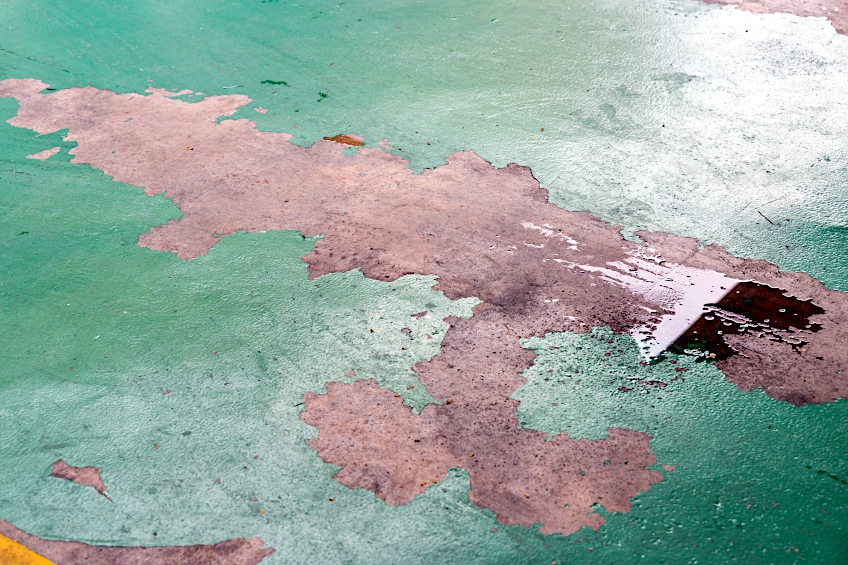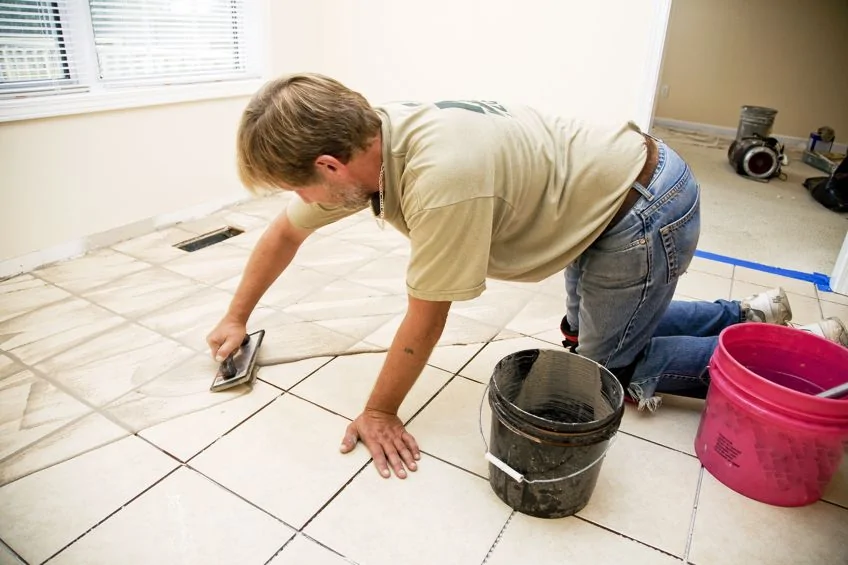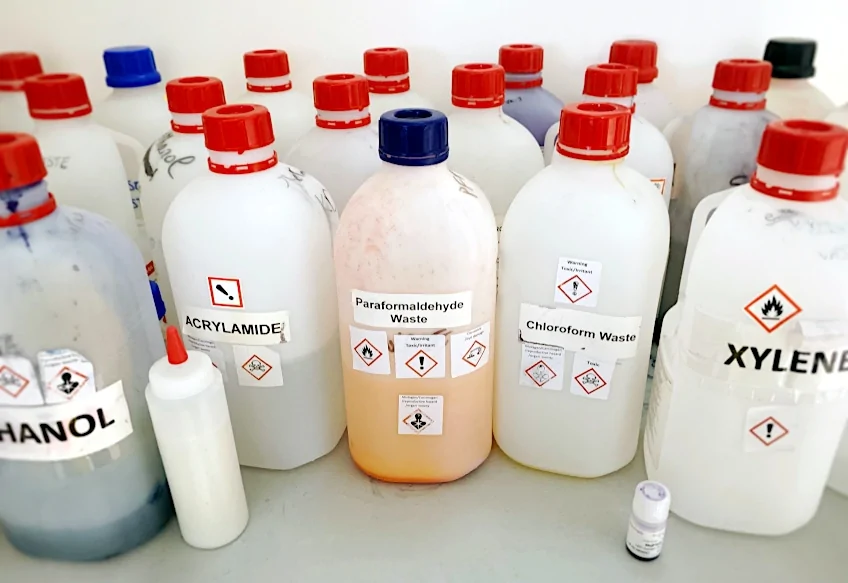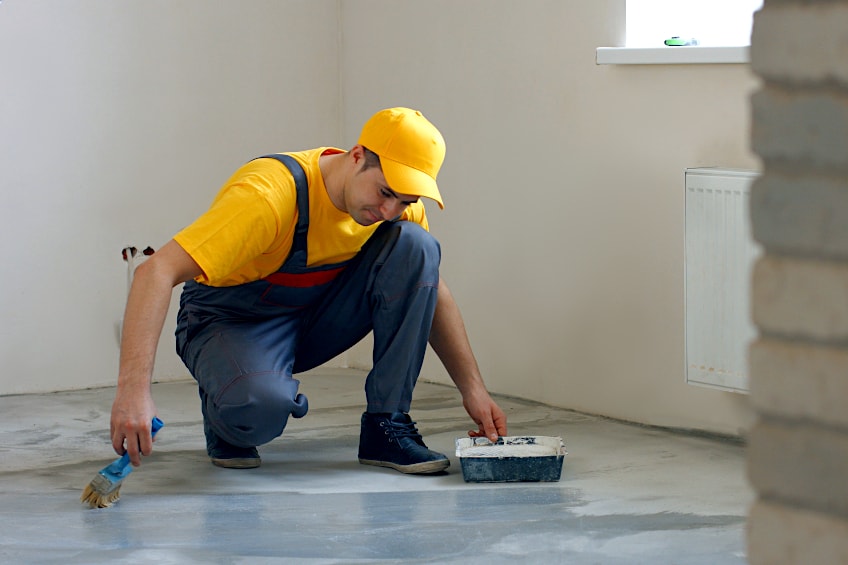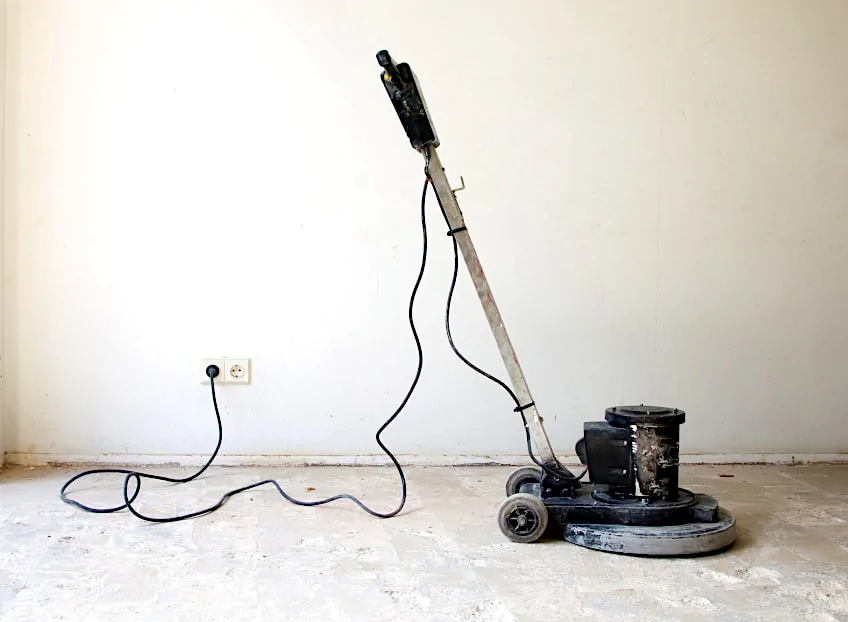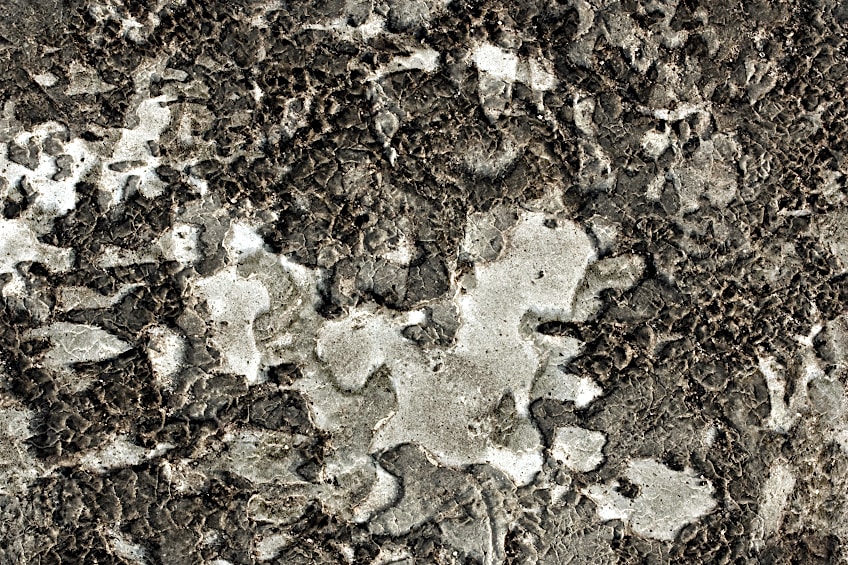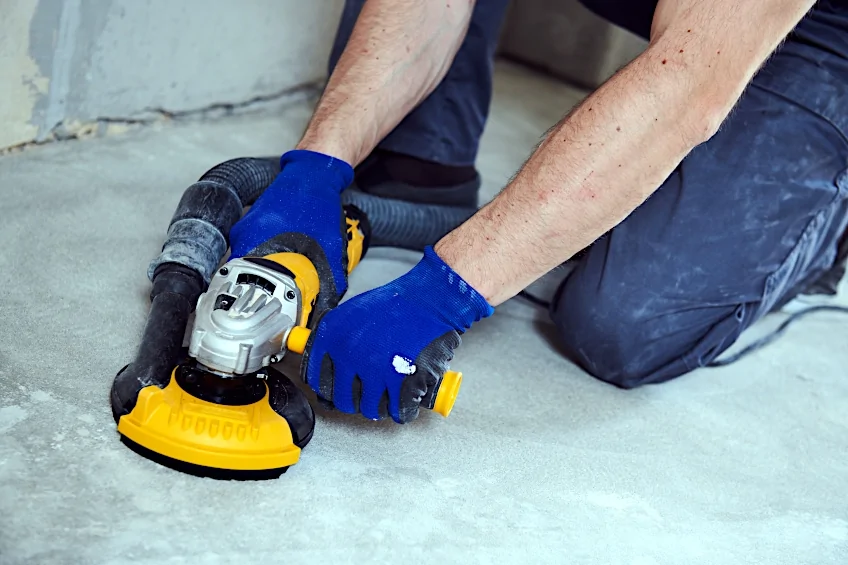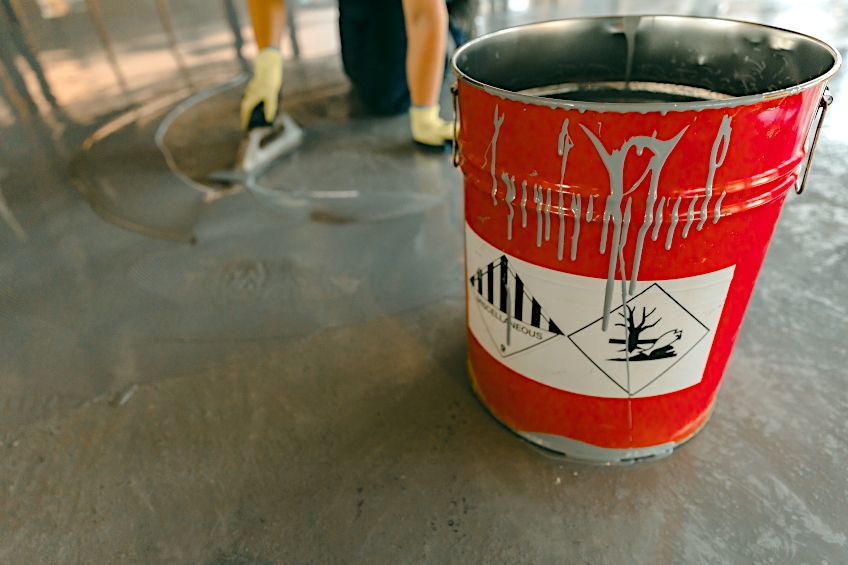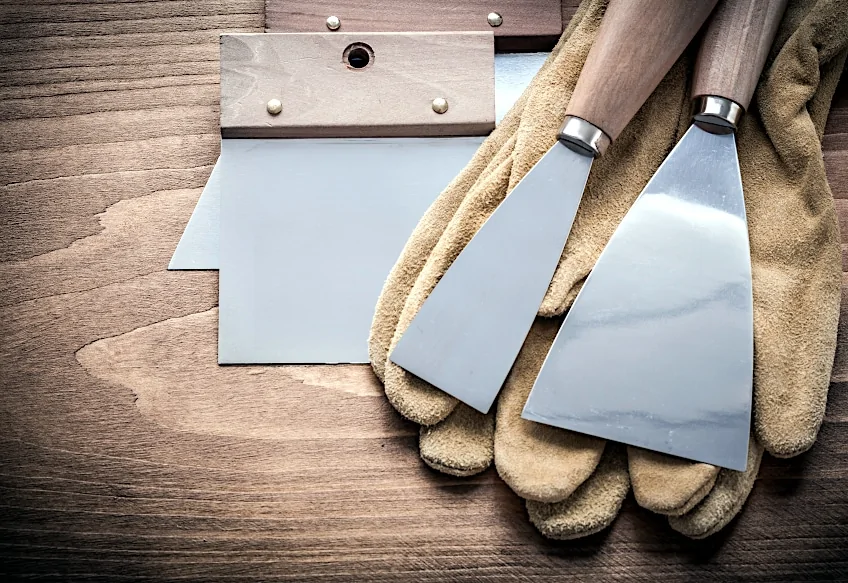How to Remove Epoxy From Concrete – Full Guide
This post may contain affiliate links. We may earn a small commission from purchases made through them, at no additional cost to you. You help to support resin-expert.com
Everything seems to be becoming more and more expensive as time goes on. Crafting and DIY in general which used to be a relatively simple and affordable pastime has seen the market saturated with expensive products which can seem slightly ludicrous compared to the simple amenities we were afforded a few years ago. On the upside, things are a lot easier to use and DIY has become a lot more accessible to beginners, but on the downside, if things break or mistakes are made, they can be a bit of a challenge to correct. However, just as things have increased in price over the years, so has the effectiveness and ease of use of products that help correct these mistakes. A good example of this is products that help remove epoxy resin from surfaces, so let’s have a look at how effective these products are and how you can use them to completely remove resin from your workpiece.
When Would You Need to Remove Epoxy from Concrete?
When would you need to remove epoxy from a surface? Let’s face it, accidents happen all the time, whether you spilled your morning coffee or accidentally added bleach to your load of colorful clothing. While these mistakes are easily fixed with a fresh cup of coffee and a mop or burning the clothes and never speaking of that day ever again, getting epoxy off surfaces it doesn’t belong on can be a sensitive issue to resolve. Here are a few scenarios you could encounter that would require epoxy removal.
Spilling Epoxy
You’re a competent person, right? You rarely drop things, and you probably can’t remember the last time you accidentally walked into something because you were distracted by your phone or TV. We all love to think of ourselves in this light, but the reality is that when you’ve been laying cement or sanding wood for a few hours, your brain tends to enter a state of flow because all you want is to get the job done well.
Spilling epoxy while sealing a surface is common, and it often goes unnoticed until it’s nice and dry. Since this is typically done in a garage or similar work area, you’ll find yourself either needing to remove epoxy from your work table or removing epoxy from your concrete floor.
Cracked Concrete Surface
Although great care can be taken to protect your concrete surfaces, removing epoxy from concrete is often necessary because the stone underneath has either cracked or become indented. This can happen for many reasons, including excessive weight being applied to the surface, a poor-quality stone being used for the surface, poor quality epoxy being used as a protective layer, or applying epoxy to a surface that needs breathability.
In this instance, you have cracked flooring that happens to be stuck underneath the coat of resin designed to protect it. This means that you will have to remove the resin from the surface and either repair or (more likely) replace and match the concrete underneath. Although this requires considerable elbow grease and patience, it’s the best move because the crack could spread and displace the rest of the surface.
Worn Epoxy Coating
In this instance, removing epoxy from concrete might not be necessary, but if the wear is really bad and you have some exposed concrete, this might be the best way to go about things. Why? If a bit of concrete is exposed due to wear in the protective epoxy layer, it could compromise the entire concrete surface.
How? Well, if moisture penetrates the exposed concrete, it could potentially spread to the rest of the surface, which leaves your concrete vulnerable to degradation, which could lead to things like cracks and shifting in your surface.
In this case, removing epoxy from concrete would be the comprehensive approach as it ensures that any other worn sections you haven’t identified are repaired too. Although, if the wear isn’t that extensive, you have the option of simply repairing the worn areas with an epoxy graded for maintenance and can be applied over existing finishes. These are commonly labeled as “self-priming” epoxy resin coatings.
Replacing Your Surface
This doesn’t happen often, but on the off chance that you find some good tiling or you’re looking for a more robust and/or long-lasting protection for your surfaces, removing epoxy from concrete will be necessary.
Before you decide to get into it, you should know that removing epoxy from concrete can be a tough job, so ensure that you have the right tools and that you’re going about it in the right way.
If you’re thinking about applying new flooring over a sealed concrete one, we strongly recommend that you don’t. Why? Well, epoxy sealer is a popular protective coating for one reason; nothing sticks to it. This being said, any flooring that you attempt to lay over this coating won’t last very long and will eventually shift under the mighty slipperiness of the epoxy resin. When removing epoxy from concrete, for this reason, ensure that you do a thorough job because if you don’t it will make for an uneven surface for your new flooring.
How to Remove Epoxy Resin from Concrete Effectively
As we mentioned previously, removing epoxy resin from concrete can be a labor-intensive exercise, but it can be made easier with some patience and having the right tools for the job. This being said, let’s have a look at the different ways you can go about removing epoxy from concrete in a few easy steps using different methods. Depending on the method you choose, you will need:
- A solvent graded for the resin in question
- A mop graded for use with solvents
- An exterior broom or industrial vacuum
- A face mask, gloves, and boots graded for protection against solvents
- A scraper with a long handle (similar to a snow shovel)
- An industrial-grade grinder or sander
You can use one of a combination of these methods depending on the time, resources, and space you have to work with. Alternatively, you could hire a professional if you feel you’ve bitten off more than you can chew.
Test Your Remover
Wondering how to remove epoxy from concrete? The best time to remove epoxy resin from a surface is when it hasn’t dried or cured completely, so catching the spill as soon as possible is key. In the event that you miss a spot or happen to be removing epoxy from a fully cured concrete surface, you should take some steps before you get your hands dirty. Ensuring that the product you’re using softens and freeing the epoxy from the concrete is key.
Test your product (likely acetone or related solvent) on a small area. Rub it onto the surface, and if it breaks the adhesive bond, you’ll know that you’re good to go. If not, check the manufacturer’s recommendations for removing their epoxy and try again. This could potentially save you lots of time, effort, and mess down the line.
Using a Grinder or Floor Sander
In the mood to tap into your inner caveperson? Well then boy do we have the epoxy removal method for you! You will need an industrial-grade grinder for this one, so unless you hire a professional, you’re either going to have to purchase, borrow or rent one. This method is as straightforward as it gets, put on the relative protective gear (hard hat, safety glasses, and face mask) and go to town on the resin coating.
This is a tough job, and it will require some precision on your part because if you end up going too deep, you will damage the cement underneath the epoxy. Get a feel for the grinder and ensure that you cover yourself up or you might end up being hit with flakes of epoxy which turn into (non-lethal but still pretty painful) projectiles during the grinding process.
Sanding or grinding the epoxy off works if you’re on a budget, or are unable to use acetone, alcohol, or other solvents in the area the coating occupies. Ensure you clean up all the resin flakes afterward as they can be dangerous if little critters decide to eat them, and frankly, they can be quite annoying if they’re just laying around.
The goal here is to ensure that your surface is as even as possible, not doing so will for sure make installing your replacement flooring a nightmare. This means inspecting the surface once you have completed grinding every once in a while, and using a spirit level or similar tool to ensure that your surface is relatively level.
This also means you could have to re-visit sections that are especially tough, and when facing these sections, you could use some water to soften them up. This will make them turn a bit gooey due to the combination of moisture and the heat generated by the grinder or sander.
Using this method is particularly labor-intensive due to how much cleaning you’ll have to do. After every pass you make with the grinder, ensure that you clean away any debris in the immediate area. This ensures that you know which sections are completed, and gives you a good indication of the state the concrete resin floor is in.
Using a Solvent
This is the thinking person’s solution: epoxy removal. The thing that you have to remember when working with these chemicals is that they’re not a blanket solution for every epoxy resin coating, always consult the manufacturer’s instructions regarding which chemicals are best suited for the removal of their particular product.
Why? Different epoxies have different chemical compositions and using the incorrect chemicals to remove them could result in inadvertent chemical reactions which could cause harm to you and your concrete flooring.
Once you have the correct solvent for the job, ensure that you dilute it to the manufacturer’s recommended state, then get some in a bucket and grab a mop graded for use with the solvent in question. Next, dip your mop into your solvent and apply it to your floor. The trick is to use swirling motions to maximize surface coverage and rub the solvent into the epoxy a bit.
While applying the solvent ensure that the area is well ventilated as the chemical reaction between the solvent and epoxy generates a lot of heat and harmful fumes, so wear a face mask and suitable eye protection. Even if you happen to be wearing gloves, do not touch the resulting substance as it can and will cause serious discomfort.
Once you’ve covered the area in the solvent allow for the solvent manufacturer’s recommended time period to elapse and vacate the immediate area. The fumes will only grow more intense as the solvent dissolves the epoxy, and they happen to be highly flammable too in case you’re thinking about taking a smoke in the general area.
Next, get a scraper. We recommend one that resembles a snow shovel with one of those long hands to ensure maximum distance between you and the epoxy while ensuring you have good reach over the surface from afar. Use the scraper to remove the now-lifted epoxy from the concrete surface while ensuring you don’t go too deep and scratch up your floor.
Feel free to add some water to the surface throughout the scraping process to soften the epoxy up, this will also cause loosened pieces to stick together which makes your job that much easier. Once all of the epoxy has been scraped up, ensure that you dispose of the removed resin responsibly.
Now that you know why you might need epoxy floor removal, what you will need if you decide to tackle this yourself, what options are available to you in terms of method, and what a good sealer removal should look like, it’s time for you to get out there and put your new-found knowledge to the test. Remember to always work in a well-ventilated area and to always wear the appropriate personal protective gear.
Frequently Asked Questions
Is Epoxy Floor Removal Difficult?
Epoxy floor removal can be a labor-intensive exercise. Whether you choose to remove the epoxy coating with a grinder or with a solvent (or a combination of the two) it can take a while and will require some patience and precision to ensure you don’t damage the flooring underneath.
Can You Lay Tile Over Epoxy Floor?
You can lay tiling over an epoxy floor, but this does depend on the quality and age of the epoxy used, and where it is situated. It is risky as there is no way of knowing what will happen, or if the tiling will shift over time due to the adhesive’s interaction with the epoxy underneath.
Can You Epoxy an Uneven Surface?
This is a tricky question to answer. While you can pour epoxy over a surface that is uneven if you pour thin surface coating it will simply follow the gradient of the existing surface. This being said, you can pour epoxy over an uneven surface to level it out, pouring enough epoxy to compensate for the gradient and allowing it to cure hard.


